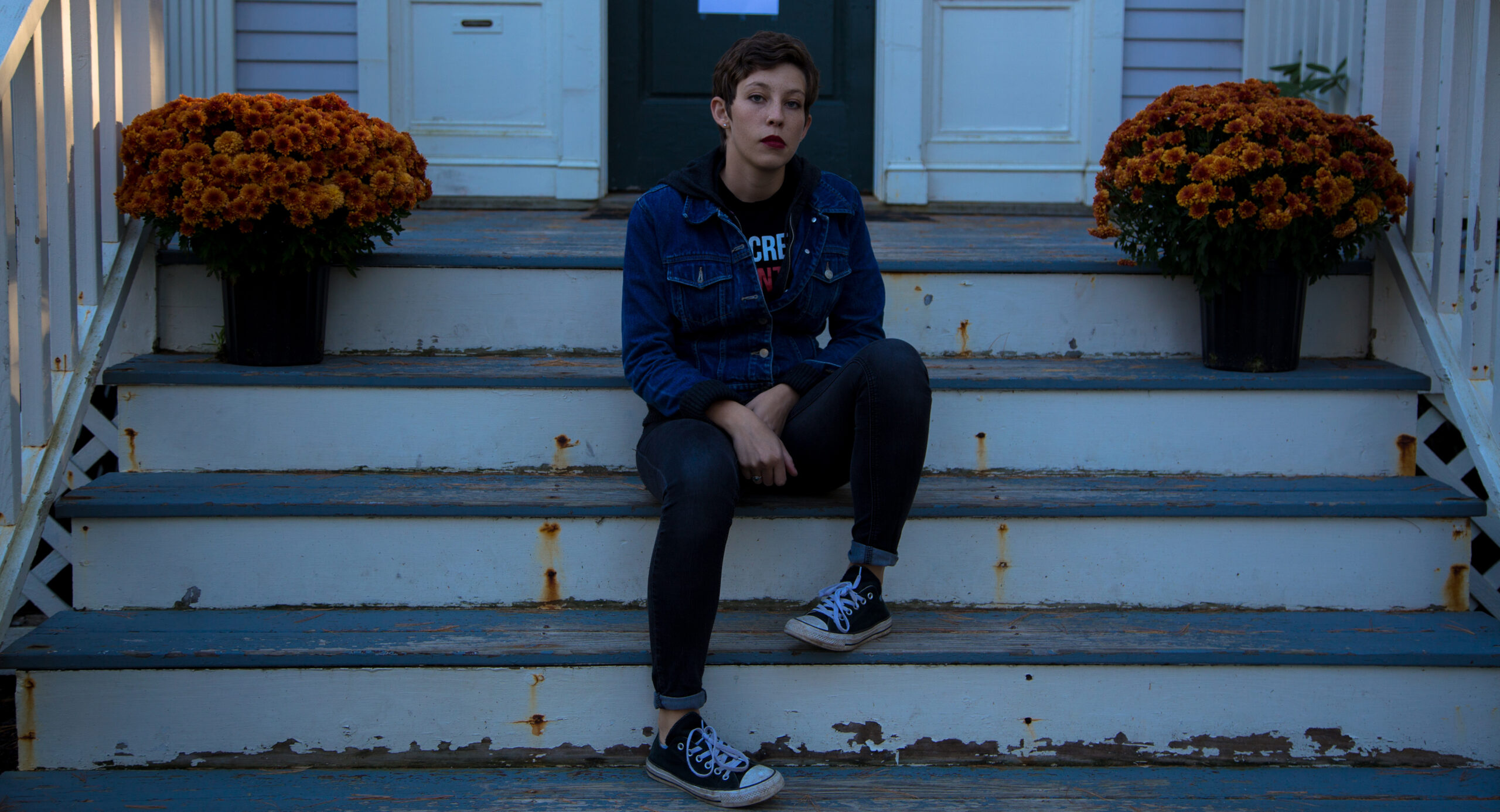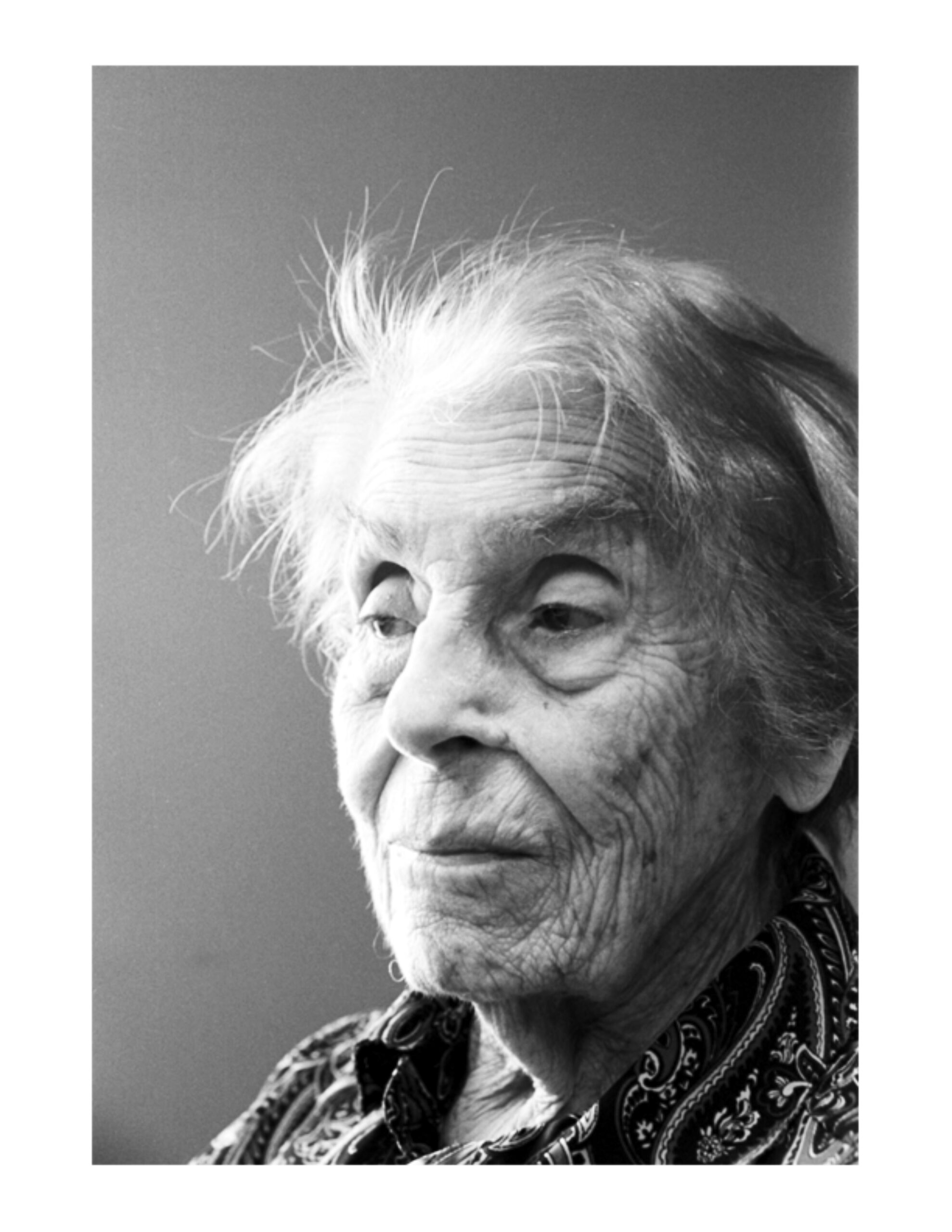Jude Marx ’18 on photography, poetry and memory
October 13, 2017
 Sam Honegger
Sam HoneggerJude Marx ’18 is an English and education coordinate major who has worked at Bowdoin and beyond to carry out creative projects, mainly through portraiture and creative writing. Her work focuses on the themes of memory and queer identities, as well as other intersecting marginalized identities.
The following interview has been edited for length and clarity.
Aisha Rickford: How did you first become interested in photography?
Jude Marx: When I was little, I always took photographs on disposable cameras, and they were really weird—pictures of the ceiling. But I loved it and always wanted to take a photo class. I’ve always written poetry, and I wanted to combine the two for a long time. I used to combine books with photos in high school with writing too, but I didn’t really have any of the tools I needed until [I came] here.
AR: What are your preferred subjects for your photography and poetry?
JM: When I first started, I did a lot of landscape. But when I started taking portraits [of people], I realized that’s what I really loved. The most meaningful projects that I’ve done are with portraiture—especially when I can do interviews with my subjects. Photographs can be so powerful in exploring identity and in showing who we are, and that’s how I want to use them—going beyond just the aesthetic and the pretty.
AR: What projects have you done on campus?
JM: Since my first year I’ve been doing portraits of the queer community at Bowdoin. I’ve been photographing [them] more each year. Some people I’ve been photographing again because their identities are held in a stagnant place in the originals, and that’s not how identity works. I also had an amazing opportunity to work with Daisy Wislar ’18. Her project was about raising awareness about students with disabilities. I also did a longer term portrait project about Jewish identity and memory with a woman that I got really close with.
 Courtesy of Jude Marx
Courtesy of Jude MarxAR: Who was the woman?
JM: She was an Israeli woman [called] Adaiah. I’m really interested in memory, and trauma, and the idea of inherited trauma through generations, especially around the Holocaust. She also had Alzheimer’s, so there was a theme of forgetting and remembering at the same time.
AR: What do portraits mean for you?
JM: I just love when you can see a piece of someone or connect to someone through a photograph. Photographs can be a counter narrative to a lot of our assumptions. It’s a visceral connection—I love being able to look at people and just see how beautiful they are. It sounds really hokey, but [looking at] the light on their faces—you don’t get to just stare at people a lot, but when you’re making photographs of them you do. I always see new things that are pretty exciting.
AR: Which of your projects was the most meaningful?
JM: The longer term project with Adaiah really changed how I thought about photography [and its potential]. That was really cool, because I got to get to know her so well through making photographs of her. I think the photographs of the queer community have been the most meaningful because I’ve been able to continue it and work with the same people for so long. Building those relationships matters a lot to me. Also, this summer I taught— working with students to create their own photobook. That was often even more meaningful than creating my own photos. It’s giving them a voice.
AR: Where have you taught?
JM: This summer I was in Milbridge, Maine, with Mano en Mano, an organization started by a Bowdoin alum [Ian Yaffe ’09]. It works with the migrant worker community that comes to harvest blueberries. I was working with the kids that work there year round, but still qualify for the migrant education program, because they’ve been moving for the past three years. Almost all of them were from Mexico.
AR: Where does teaching and artwork come together for you?
JM: I think for a long time I’ve thought of [them] separately. I had a professor tell me a couple weeks ago that I always need to think of myself as an artist-educator, and I can’t think of those parts of myself as separate.
AR: Are there any projects that you’re working on now or hoping to start?
JM: I’m really interested in making a book [about the Bowdoin queer community], especially with some ‘then and now’ portraits. Right now I’m studying teaching intensely. That’s where I’m headed in my life, so I’m figuring out ways to always bring photography into the classroom, and how I can think of myself as an artist-educator. I miss intensively working on my own photographs as well, but I think it’s something that I always will be doing and hopefully be bringing into teaching in a powerful way.
AR: Can you tell me more about your writing style and what you like to write about?
JM: I write a lot of poetry. Much of my poetry is inspired by photography. Some of my best poems have been in response to looking at other photographers’ work and then writing. I also really like more creative nonfiction work. For me, it’s very poetic, but I love to do longer pieces that are based on interviews with people and getting to know them. Posing that with the photography is very exciting. I really like bringing them together.
AR: What is the message you try to communicate through your art?
JM: A lot of it is about visibility. My goal in making portraits is that they’re collaborative, and that my subjects are able to really represent themselves how they want to be represented in the photograph and have power over that, because photography doesn’t always happen like that. But it can. And when it does, it’s really powerful.

Comments
Before submitting a comment, please review our comment policy. Some key points from the policy: